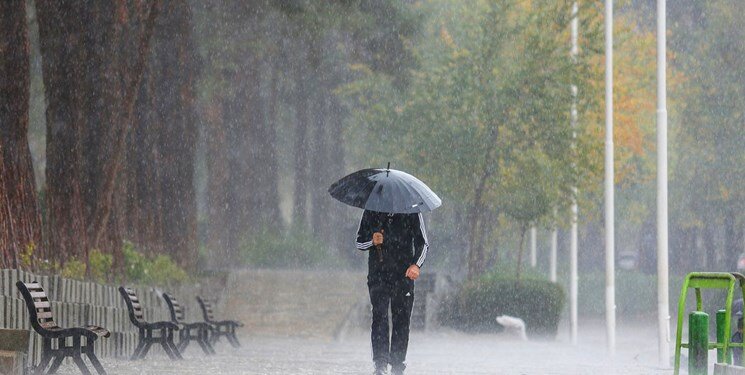INSUBCONTINENT EXCLUSIVE:
growth of 26 percent compared to the 146 mm of the same period last year.However, rainfall shows a 21 percent decrease compared to the
long-term average of 232.6 mm.The precipitation condition is not at all favorable compared to the last two years, and this has made the
concern of water supply more serious on hot summer days, however, some catchments will still receive rainfall.The average rainfall in the
Chaharmahal-Bakhtiari with 604.4 mm.Yazd province received the lowest recorded rainfall in the country, amounting to 59.8 mm.According to
statistics, the average rainfall in the country in the last 50 years has been 270 mm, which has decreased by 230 mm, in other words, over
the past 5 decades, the average rainfall has dropped by 40 mm.According to the World Meteorological Organization's multiannual forecast,
long-term average.Climate change and extreme weather eventsClimate change is a fact that cannot be run over, whether the temperature raises
water and food shortages, water-borne illnesses, and cold or heat-related deaths will come up as the results of temperature variations
In tropical areas also the risk of floods will rise.Heavy rain and other extreme weather events will become more frequent, which can lead to
floods along with decreasing water quality, but also decreasing availability of water resources in some regions.Climate change will also
bring extreme wet and dry seasons, which mainly causes rainfall fluctuations and water scarcity
While there have been prolonged droughts nationwide in past recent years leaving people scrambling for water.So, nations must take steps to
reduce greenhouse gas emissions in the future, preventing the emissions peak, otherwise, they might not be able to breathe on the planet in
the future, or migrate to other places if found.The study may also come efficient when it comes to making the people aware of climate change

